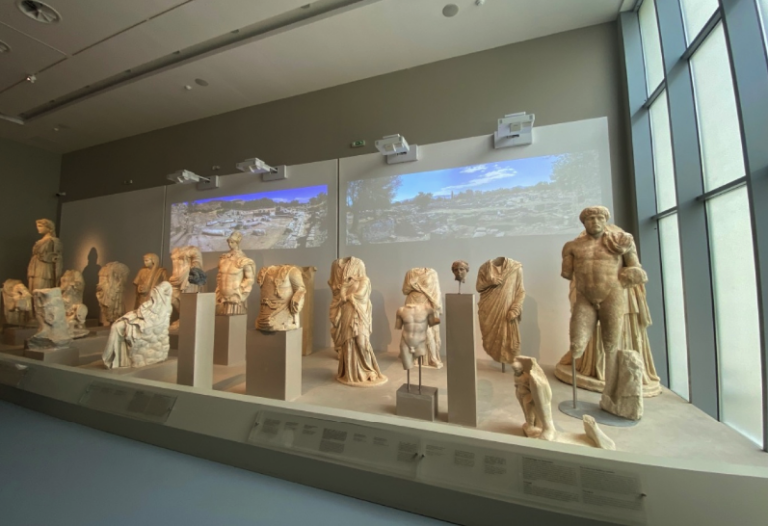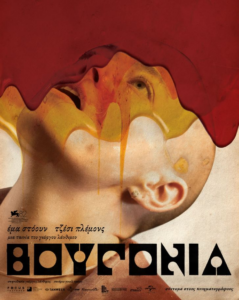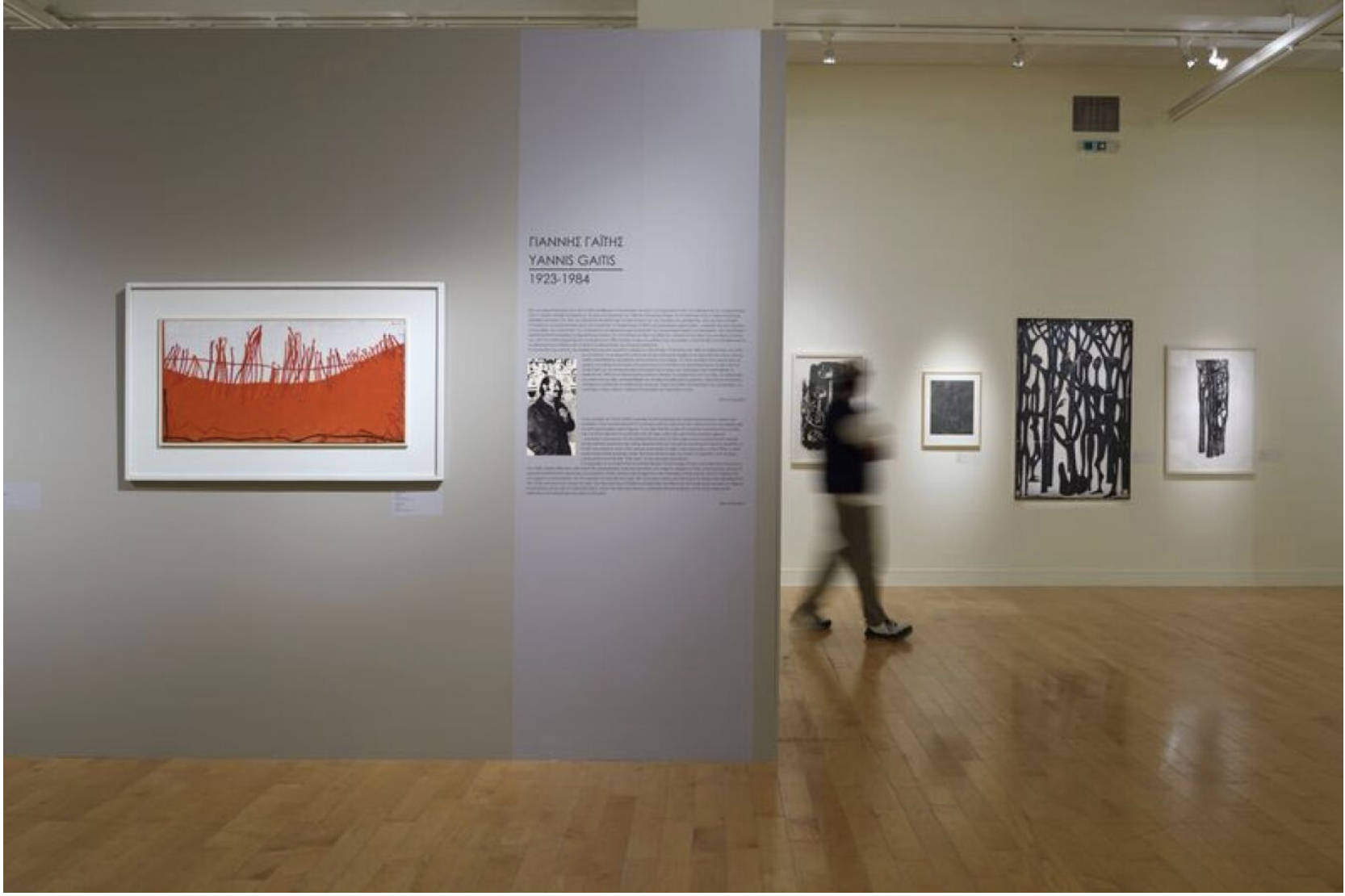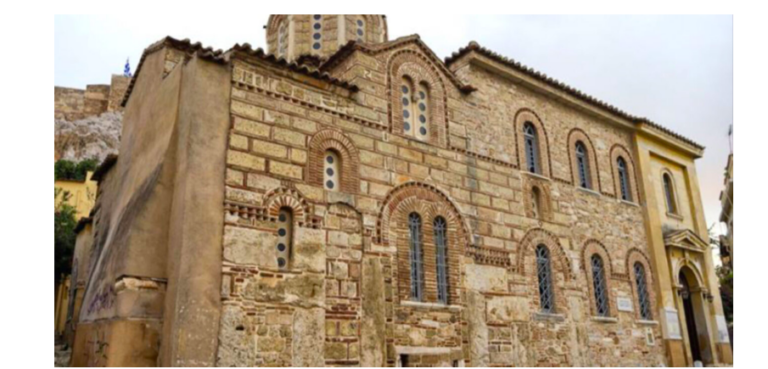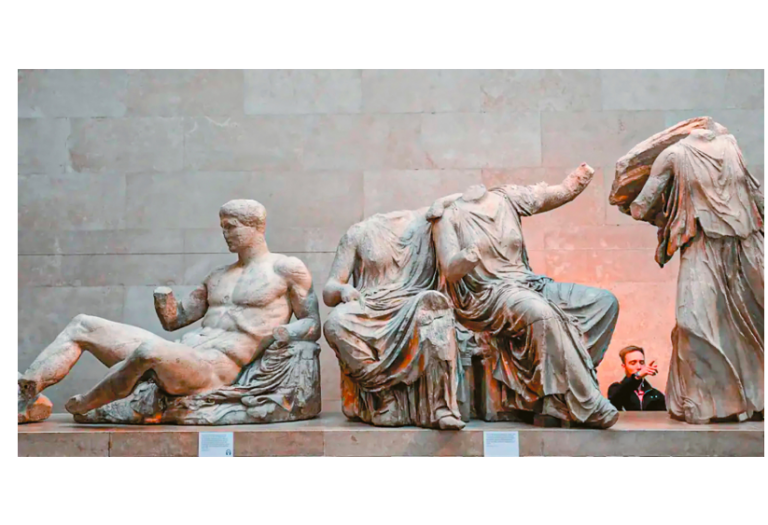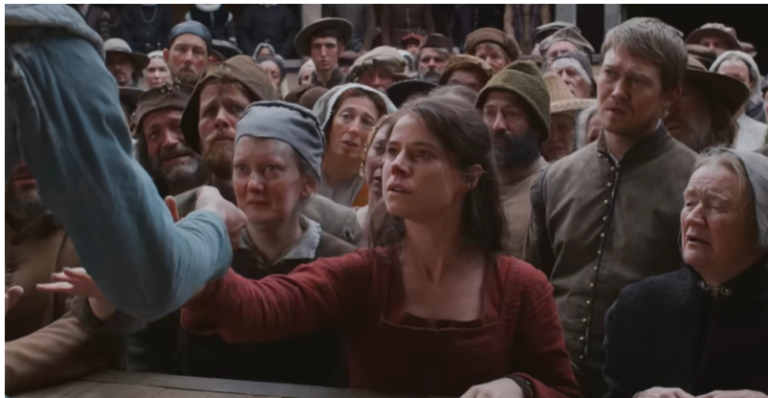A concerted effort to upgrade the state museums, strengthen their security but improve their services to the public is the adoption, by the Ministry of Culture, of internal operating regulations.
This regulation, which all museums are obliged to follow in order to obtain state certification – with the exception of the large museums that have recently been transformed into Legal Entities of Public Law and have their own regulations – defines, in detail, the way all departments operate, sets important security safeguards for the objects in their collections, not only those on display but also those kept in their storage facilities, provides for the improvement of their infrastructure and their universal accessibility, but also for a specific
In essence, through the operating regulations, a new model of management and philosophy is adopted for state museums throughout Greece that is in line with good practice, sets specific objectives and ensures a more direct and constructive relationship with the public.
At the same time, each museum identifies its weaknesses through the evaluation process and emphasises on finding solutions to address them effectively.
“The economic, functional and operational sustainability of museums and their impact on society is linked to the adoption of a new organisational structure and management philosophy, as well as new practices of approach and communication with the public, aiming at the overall upgrading of the country’s museum structures and the services they provide,” underlines Culture Minister Lina Mendoni and adds:
“The adoption of the by-laws facilitates the operation and targeting of each museum to implement innovative solutions in all aspects of their operation, to have access to modern scientific fields and good practices, to cultivate relationships and to join networks.”
Through 25 different articles, the model structure of the by-laws for state museums provides a complete roadmap for their effective organisation and operation.
Particularly important are those articles concerning the security of all valuable objects.
According to them, a complete record of all the objects in the collections and those kept in the storerooms and their documentation in the Integrated Information Systems of the National Monuments Archive is required.
The organisation of the museum storerooms and the categorisation of objects, the provision of the necessary environmental storage conditions and a special protocol that will clearly define who and when can enter these areas.
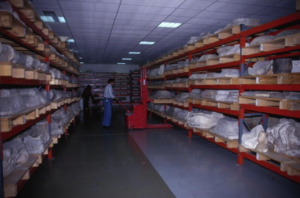
It also describes, step by step, the procedure to be followed when moving, transporting or borrowing exhibits.
Specific provisions have also been made for the safety of employees, visitors and exhibits during emergencies.
This plan provides, inter alia, for the existence of a pharmacy/medical clinic, the drawing up of an evacuation plan for the building, protection measures against natural disasters (earthquake, fire, flood) or man-made risks (theft/armed robbery, invasion and occupation, bombing, terrorist attacks), establishment of a list of vulnerable exhibits and a list of rescue priorities, definition of deterioration factors (forces, malicious acts, dismantling, fire, water, biological agents, pollutants, light/radiation, incorrect temperature/relative humidity values) and ways of dealing with them by material/collection, safety of equipment [laboratory, electronic (e.g. (e.g. data rooms), mechanical equipment) from malicious acts (e.g. theft, vandalism) or technological accidents and backing up important data concerning collections, equipment, revenue management (and their preservation outside the Museum’s premises).
Particular emphasis is also placed on the maintenance by qualified staff of both the existing infrastructure, electromechanical installations, fire protection and security systems, and of the valuable objects in organised and specially designed laboratories for each category of finds, with appropriate environmental conditions.
A programme of regular cleaning of showcases and free-standing exhibits is also foreseen.
As regards the organisation of the exhibitions behind each of the permanent exhibitions in each museum, there will be specific objectives, a clear museological rationale and a variety of interpretative media to help interact with visitors.
Even temporary exhibitions will be linked, in one way or another, to the museum’s permanent exhibition and the exhibition activity will be evaluated by both staff and the public.
China: 100 car pile-up on a major highway – Watch video
In the meantime, the educational activities of the museums will be organised, which will be based on the group to which they are addressed (pupils, teachers, students, organised groups, tourists, people with disabilities, the local community, families, the third age, other museum professionals, etc.), while their research activity will be strengthened by participation in national and international research programmes, keeping an archive of research projects and research data, the operation of a library, the possibility of accessing the archive and making copies, the possibility of creating a database, the possibility of creating a database, the possibility of creating a database, and the possibility of creating an archive of research data.
Inclusion is an important aspect of the regulations of state museums, which set as their main objectives respect for diversity, elimination of discrimination-bias, respect for human rights and acceptance of all social groups, vulnerable or not, regardless of race, origin, gender, age, disability, sexual orientation, religion, but also to reach out to different groups of the public, such as religious minorities, immigrants – refugees, victims of domestic violence, inmates in correctional institutions/rehabilitation facilities, elderly people, people with disabilities, local communities (e.g. e.g. rural communities), unemployed, etc.
A prerequisite is of course the accessibility of the building infrastructure.
In addition to all of the above, special articles are added on the funding of museums, the organisation and operation of their Shop and Refreshment Centre and the communication and promotion of the museums.
Ask me anything
Explore related questions
